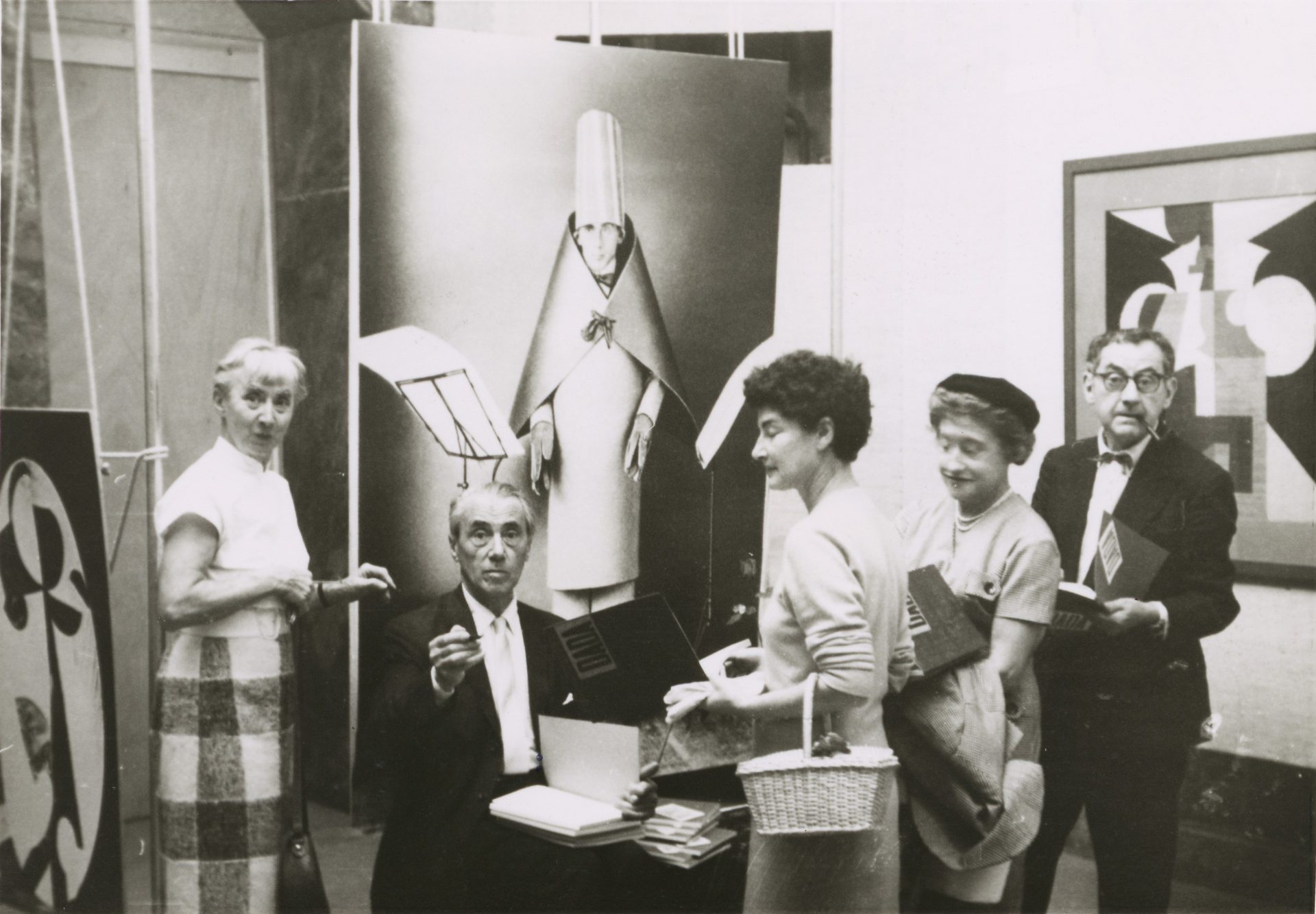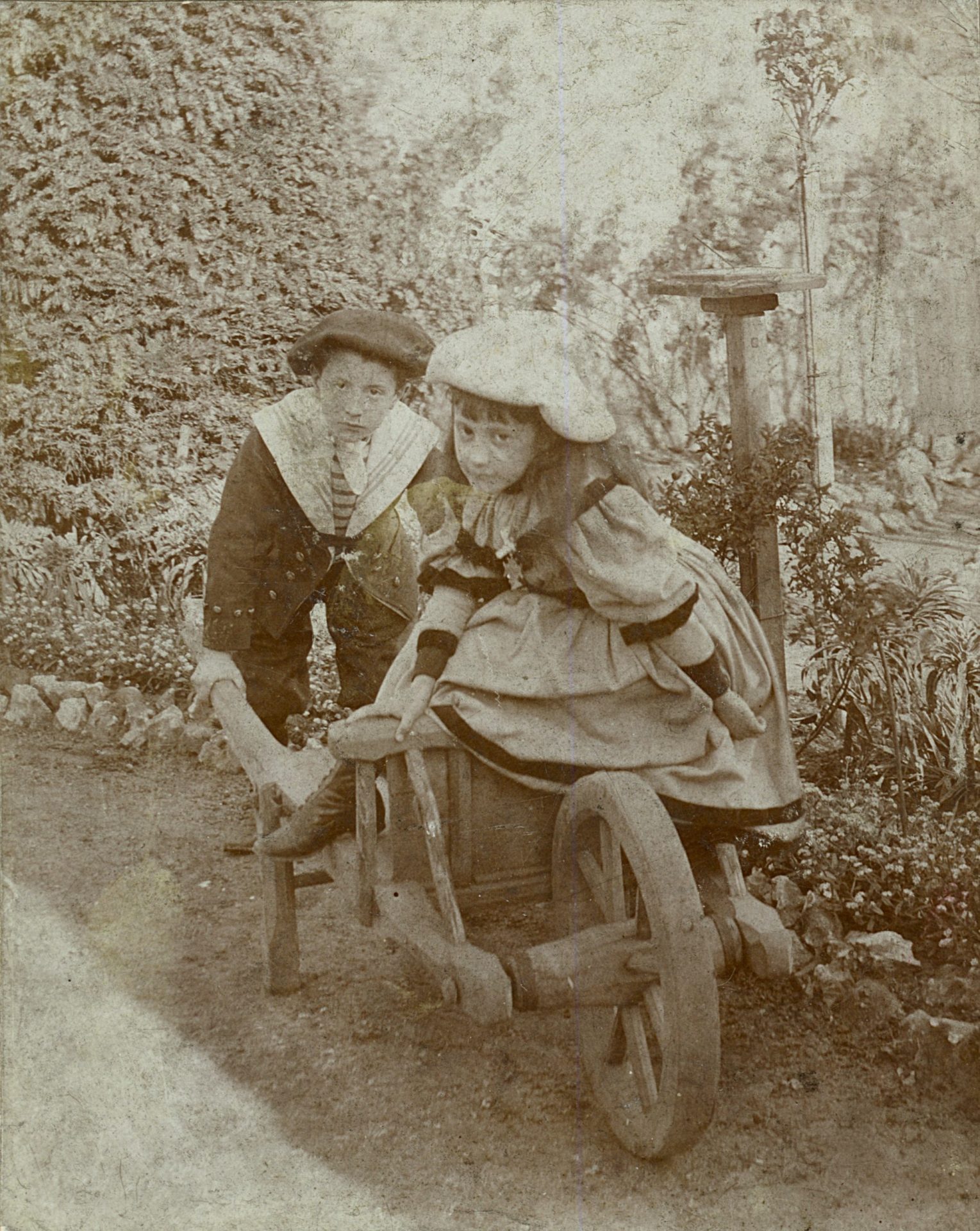
Suzanne Duchamp is born in 1989 in Blainville-Crevon in Normandy. Three of her five siblings, her older brothers, also become artists: Gaston, who calls himself Jacques Villon (1875–1963), Raymond Duchamp-Villon (1876–1918), and Marcel Duchamp (1887–1968); the latter is seen with Suzanne Duchamp in the photo above.
In 1905, the family moves from Vlainville-Crevon to Rouen, where Duchamp enrolls at the École des Beaux-Arts. As early as 1910 she exhibits her work at the Société Normande de peinture moderne in Rouen, and in 1912 at the Salon des Indépendants and the Salon de la Section d’Or in Paris. Villon and Duchamp-Villon start holding weekly artists’ meetings in their studio in a Parisian suburb, which Duchamp also attends.
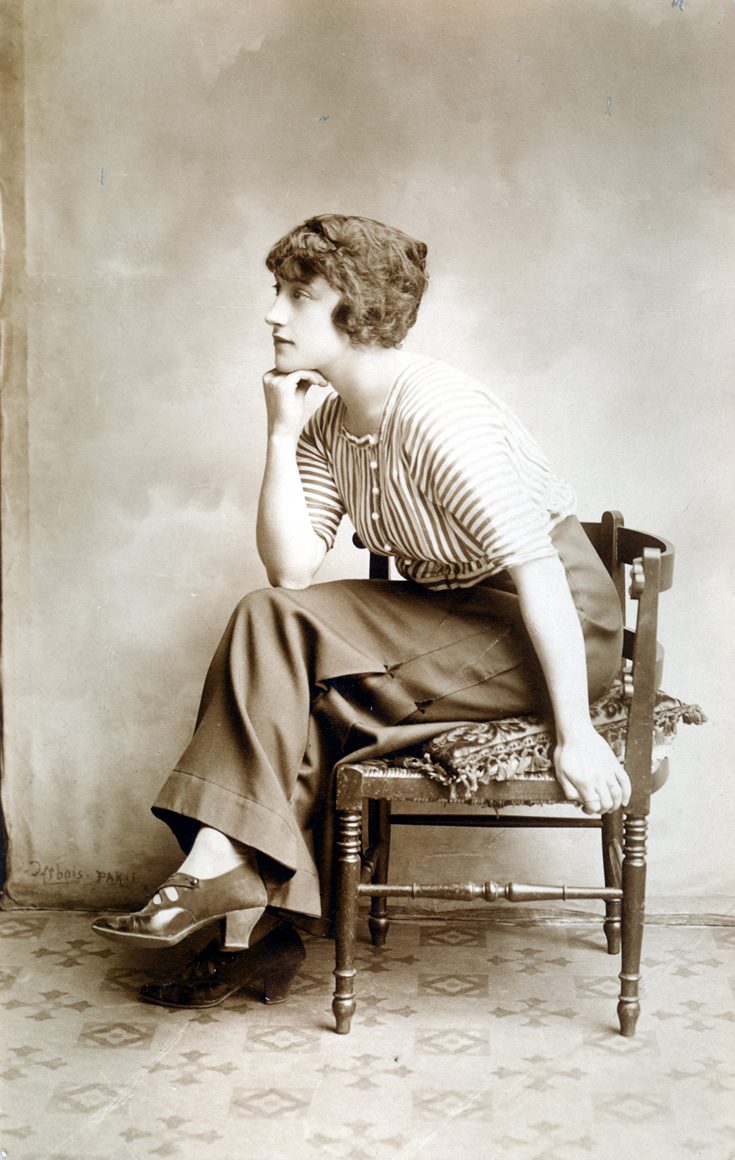
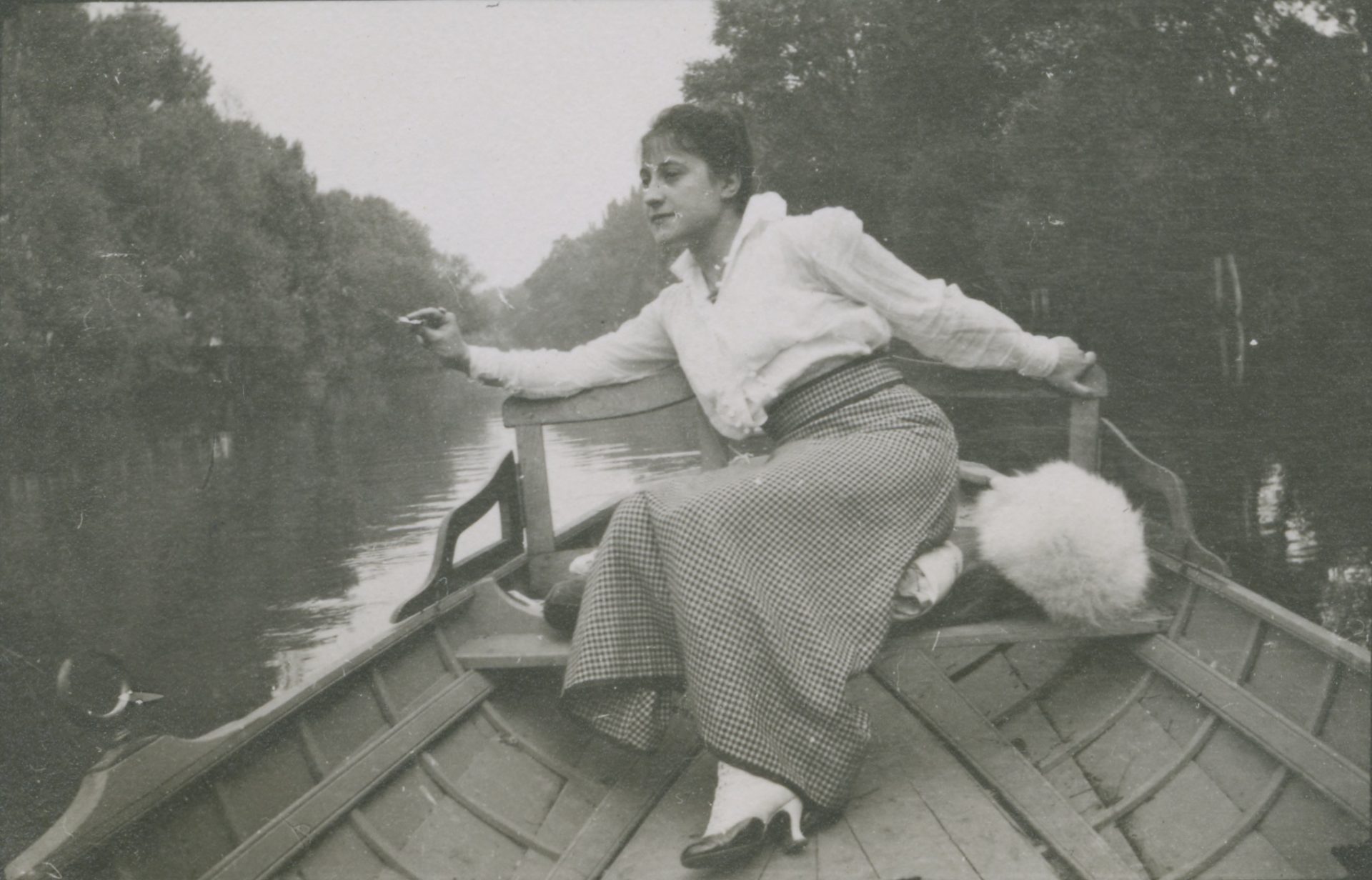
In 1913 Duchamp moves to Paris. Here first works which can be linked to Dadaism are created in 1916. Marcel Duchamp sends her a letter from New York, in which he coins the expression «Readymade»—today an established term in the art canon.
In 1919 Duchamp marries the Swiss artist Jean Crotti in Paris. She is active in avant-garde circles and is represented in various prestigious Dada publications alongside artists like Francis Picabia, Man Ray, and Marcel Duchamp.
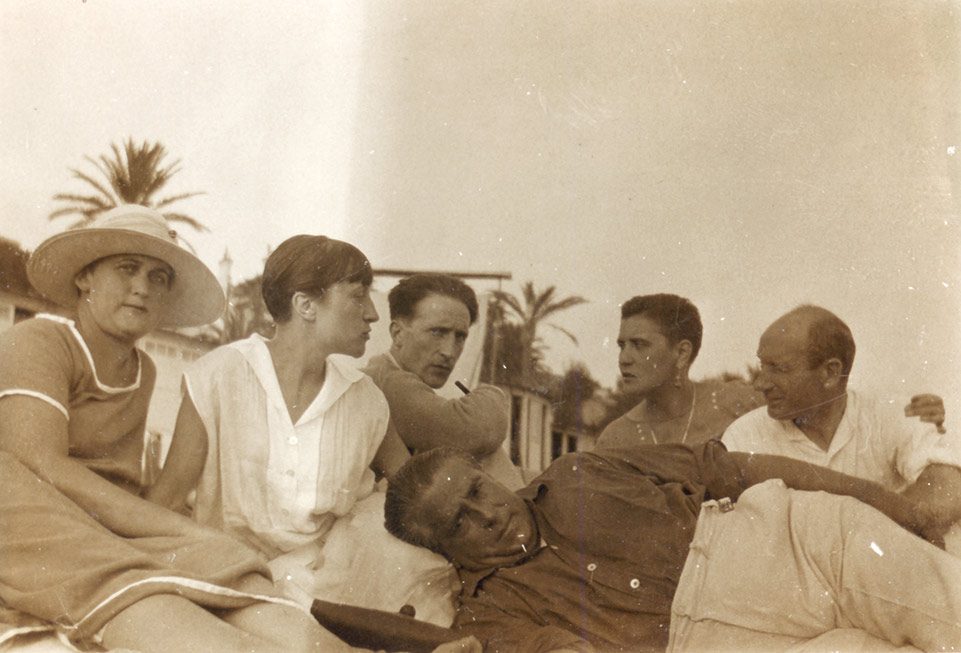
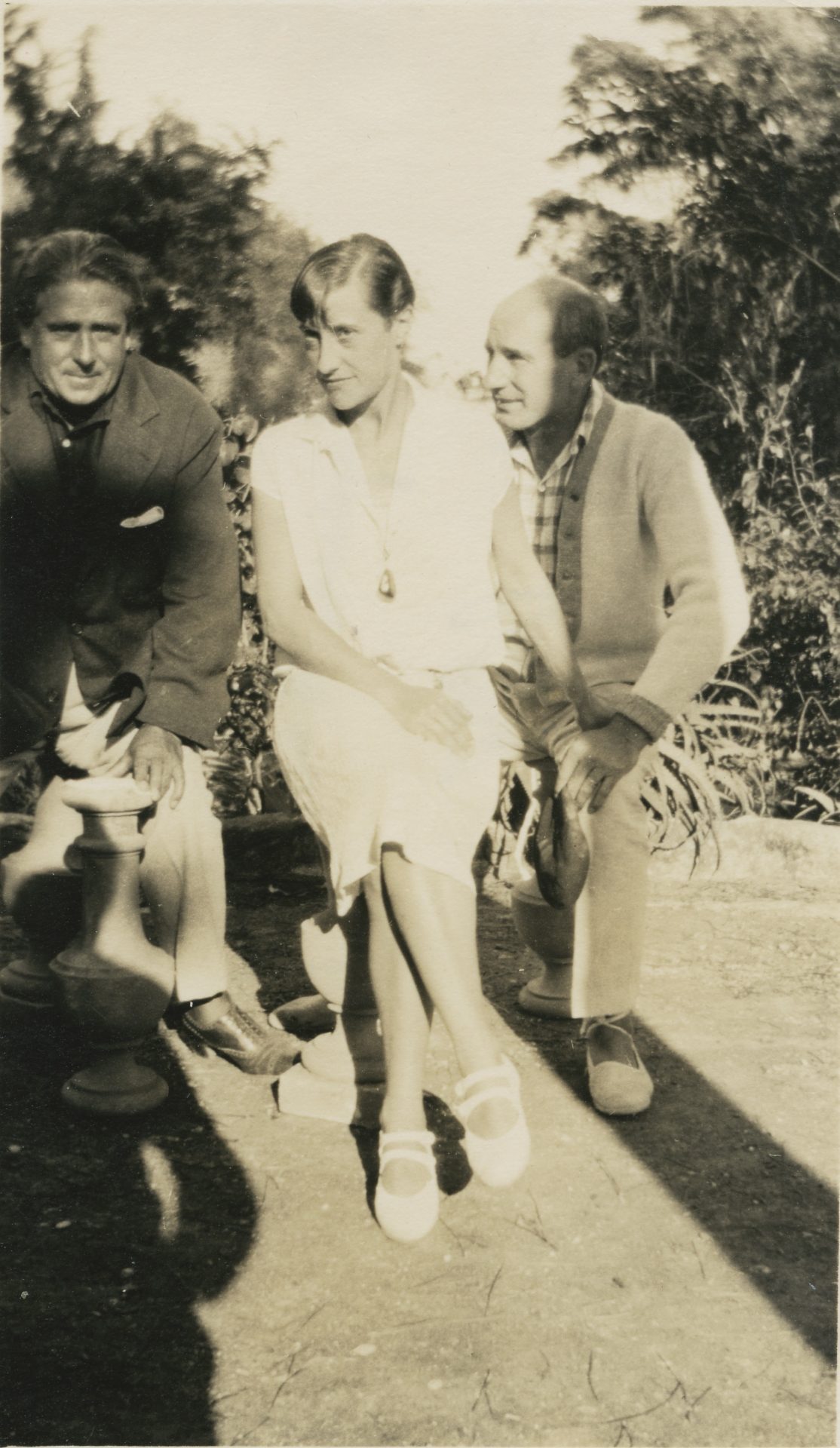
In 1921, Duchamp and Crotti show their latest works in the Galerie Montaigne in Paris within the framework of the «Exposition des oeuvres de Suzanne Duchamp et Jean Crotti: Tabu.» That same year, Duchamp becomes a «sociétaire» of the Salon des Indépendants and the Salon d’Automne.
From 1922, Duchamp’s art turns away from abstraction and towards figuration. She begins to establish herself increasingly as an independent artist and is frequently represented in group exhibitions of women artists. Numerous exhibitions and salons in France, throughout Europe, and from 1926 also in the United States show Duchamp’s works.
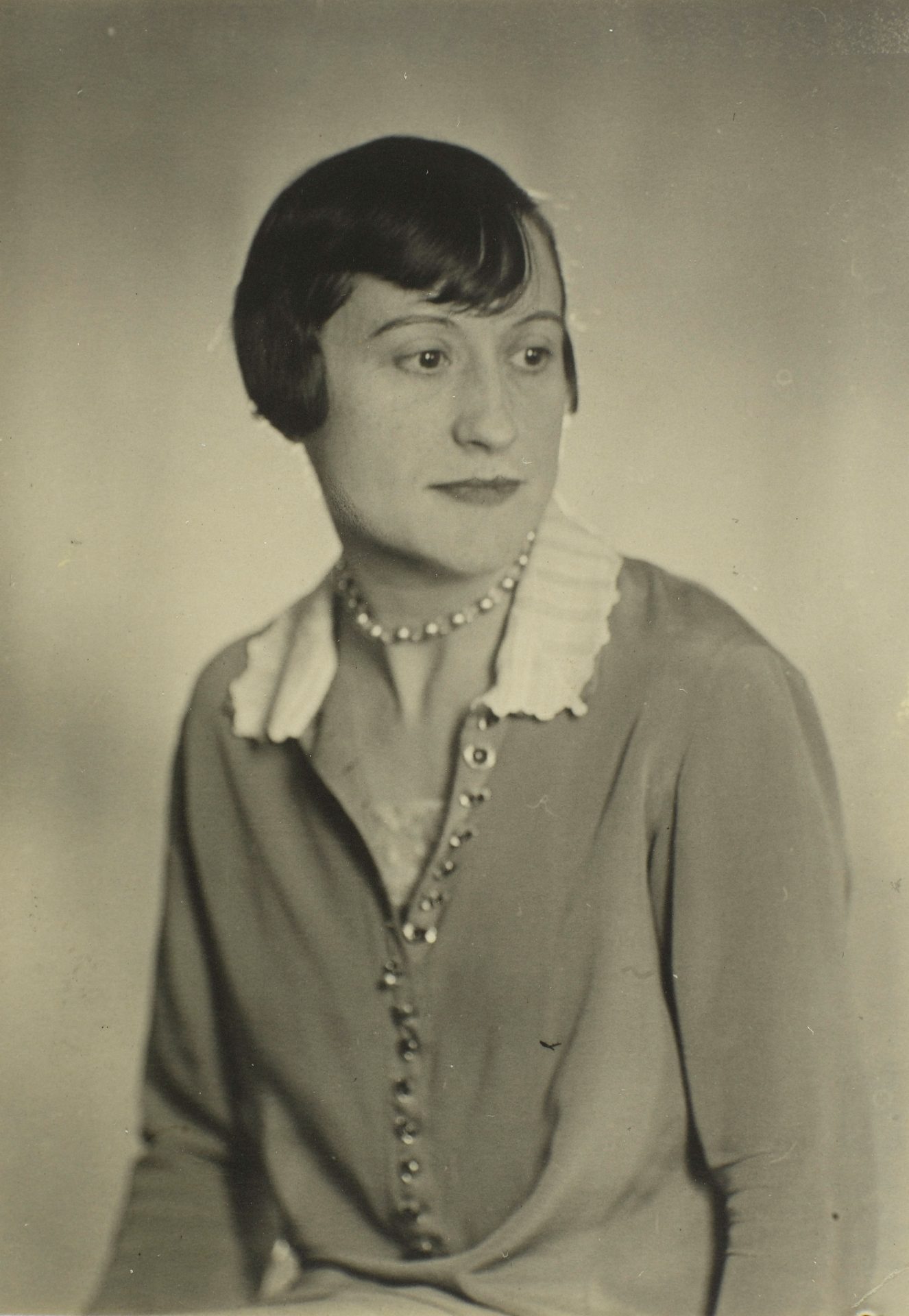
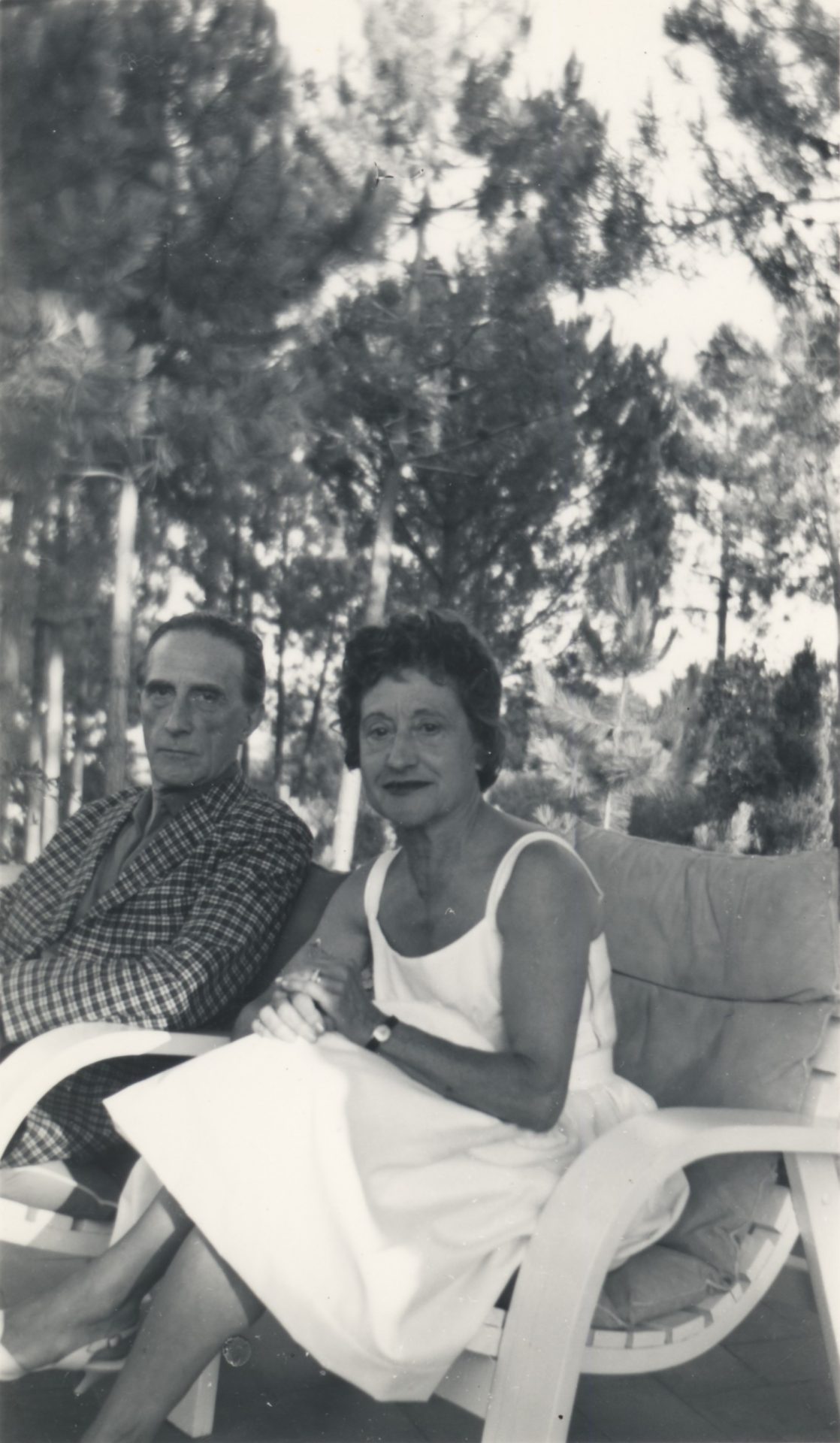
Duchamp and Crotti spend most of the Second World War in the South of France. In 1946 and 1947, they undertake extensive trips to the United States, visiting amongst others Marcel Duchamp (on the left in the photo) in New York. In 1952, the exhibition «Duchamp frères & soeur: OEuvres d’art» presents her works in New York alongside those of Marcel Duchamp, Raymond Duchamp-Villon, and Jacques Villon.
In 1953, Duchamp’s works are shown as part of Dada in the first international overview exhibition of the movement in New York. This is followed in 1957 by the exhibition «L’Aventure Dada, 1916–1922» in Paris, and in 1958 by the exhibition «Dada. Dokumente einer Bewegung» in Düsseldorf, shown here in the photo. Suzanne Duchamp dies in 1963 at the age of 74 as the result of a brain tumor.
